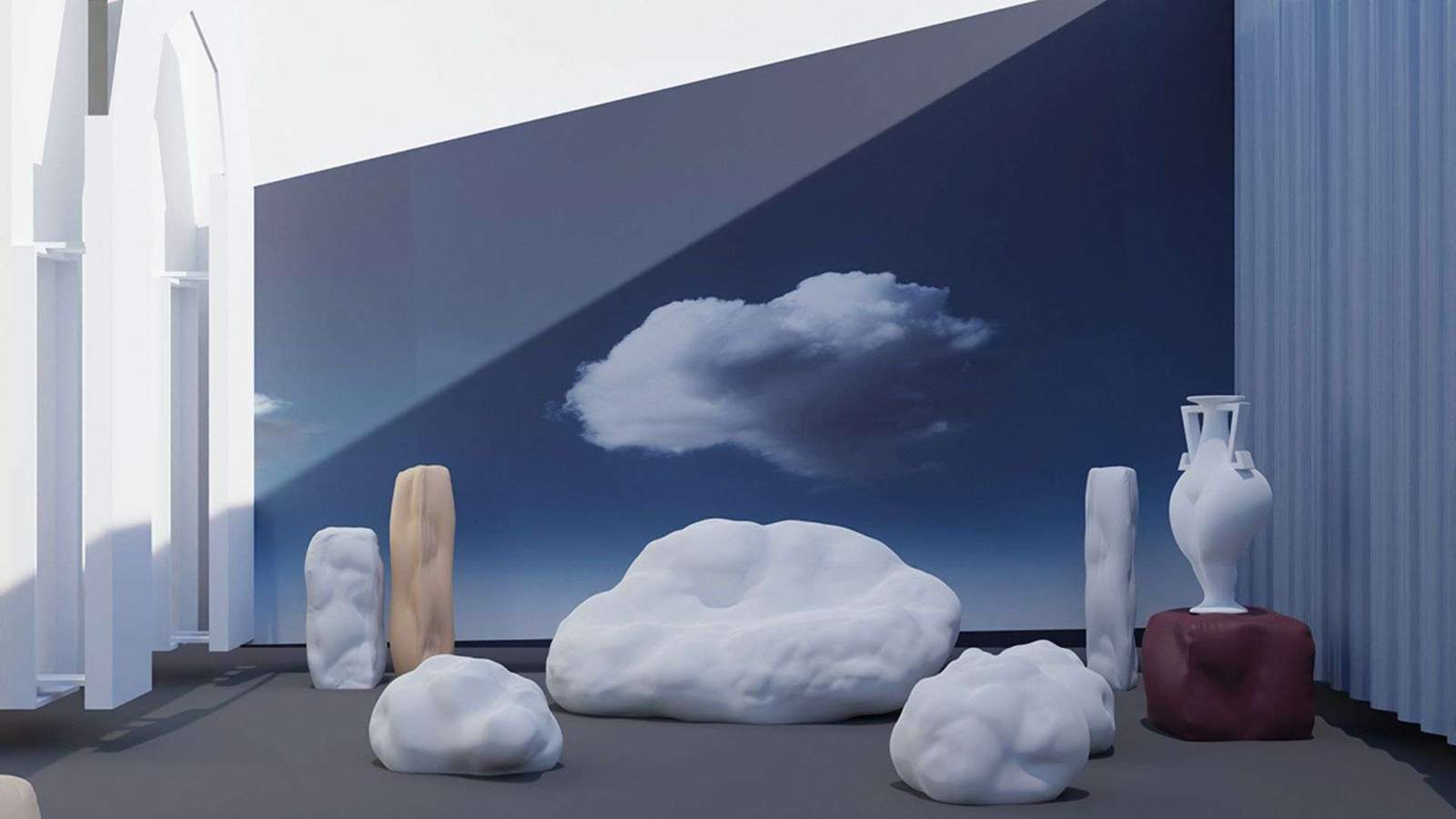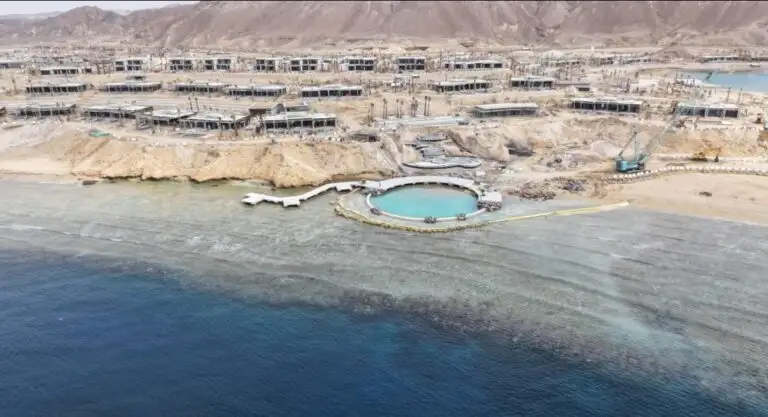The line is an urban city that takes you to the top
The city that Saudi Crown Prince Mohammed bin Salman hopes to evoke in the desert along the Red Sea
is in fact a linear 100-mile-long city of 9 million people envisioned as a monument of human civilization on a par with the pyramids.

The Line’s Location
Comparison is realized on the surface, where The Line is a pyramid-like shape.
The Line is located in a striped desert community called Neom,
where the Greek word for “new” is mixed with the “M” for the prince’s first name.
It’s also bigger than anything around it – the length of Long Island and the height of the Empire State Building,
which houses the people of New York City.
When future explorers find their faint edges sprouting from the carbon-heated sea,
they’ll wonder what hell was going on around them.
These shimmering desert towers, the latest designs of which were revealed last week, look all too familiar.
The Line delivers value to the world through work-life balance, legacy-free urbanization,
enhanced living, leisure and sports, vertical living, next-generation architecture,
walkable communities, and environmental solutions.

The Line Martian colony or Hudson Squares
This extraordinary combination of eye-catching visualizations and mind-blowing terminology permeates every aspect of the project.
NEOM is bin Salman’s effort to create a city from scratch, and includes a floating shipping port,
Oxagon, with an uncertain number of sides, and a ski community built around a man-made lake, called Trojena.
And the shows are taken straight from the Marvel movie, and it comes as no surprise:
The Crown Prince is a fan of it.
According to BusinessWeek’s delightful Vivian Nereim feature about the project,
he hired Hollywood designers and encouraged them to embrace a “cyberpunk” aesthetic.
Here, too, the language doesn’t quite live up to the pictures: Trojena will consist of six zones,
called Gateway, Discover, Valley, Explore, Relax and Fun.
The Line incorporates many of the modern principles of contemporary urbanism, and is car-free
If cities of similar size are any guide, transporting millions to
The Line each day would require a hundred subway lines, all running on the same axis.
In a presentation by NEOM, the ethereal line looms over the bay of the Red Sea not pictured:
several species of migratory birds, unconscious and extinct, lying at the base of their reflective walls.

Temptations of The Line
Cities initially developed as circles for two reasons, first, people wanted to be as close as possible to the center,
and second, a circle surrounding the maximum amount of land with the least amount of fortification.
But trains, highways, and elevators have opened up possibilities for linear development that makes space use more efficient.
Le Corbusier drew up the Obus Plan for Algiers,
an elevated highway built over an apartment complex with a capacity of 180,000 people.
The Italian company Superstudio developed a similar concept in the 1960s as a critique of this type of modernity that was never built,
but Rome actually built a one-kilometre housing project, Corviale.
After The Line was revealed early last year, Superstudio’s Gian Piero Frasinelli told The New York Times:
Seeing the dystopian reality of your imagination being created isn’t the best thing you could wish for.
For more architectural news
Perfectly designed for its residents, THE LINE is a city that will change everything about how people live, work and play 🏡#TheLINE #NEOM pic.twitter.com/132IYH92qI
— NEOM (@NEOM) July 29, 2022







